Mass transfer challenges during wood decomposition
- PhD student
- Treesearch
To better understand pulp and papermaking processes, better comprehension of mass transfer events in wood structure is of great importance. The main part of chemical delignification processes involves transport of released lignin fragments through cell walls and fibers which has been referred to as the rate determining step. We have investigated diffusion of kraft lignin molecules through model cellulose membranes and diffusion cells. The effect of concentration of NaOH on diffusion through regenerated cellulose membranes was investigated. We observed that higher concentrations of NaOH increases the rate of diffusion. Here, lower transport rates in lower NaOH concentrations are not due to solubility limitations since in all our samples lignin was completely dissolved. However, association among lignin molecules can hinder diffusion which is higher when pH is decreased. Furthermore, the UV spectrum of transported species in the acceptor chamber of the diffusion cells is different from the donor chamber spectra. Spectra on the donor solution shows more scattering, while on the acceptor side we see less scattering in addition to a peak appearing at around 350 nm. Moreover, Mw of lignin molecules in donor and acceptor were measured using SEC in alkaline solution, which showed a fractionation between species left in donor chamber and the molecules which passed the membrane. This study gives a better understanding of mass transport events in wood decomposition processes, which can contribute to better design and modification of current conventional methods.




